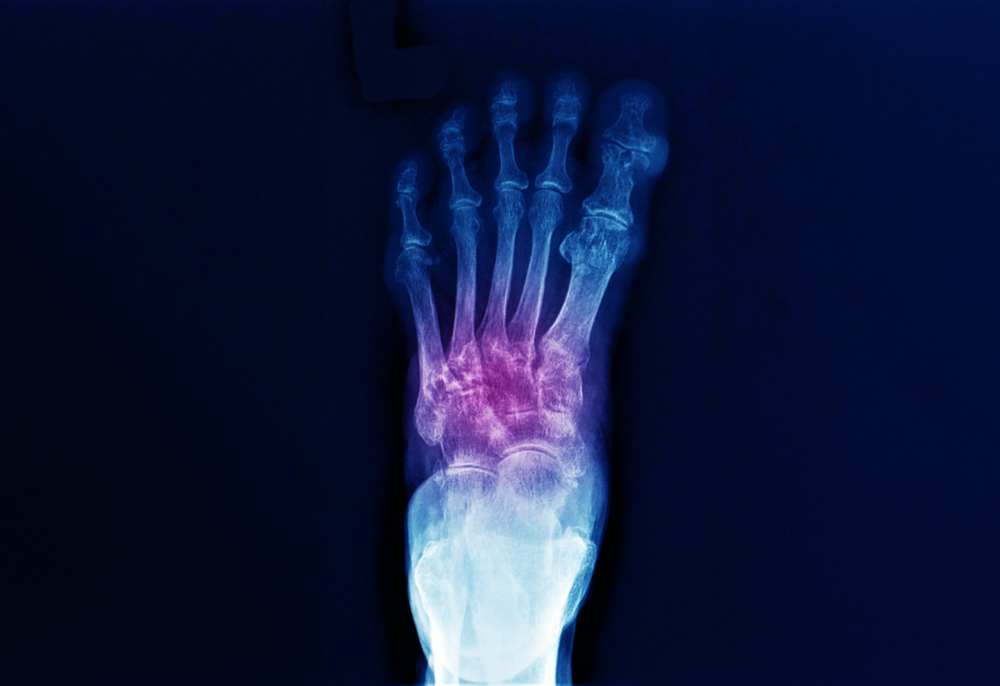Lisfranc fractures are specific foot breaks that occur at the lisfranc joint. This joint is considered a complicated area of the foot, and is where the toes connect to the rest of the foot. As such, a break in this area can range in severity and consulting a healthcare provider is critical. With this joint playing such a large role in everyday activities, addressing the injury in a timely manner is recommended.
Lisfranc fractures are not considered very common, though many researchers believe that is because they are often misdiagnosed. Because of this, promptly seeing a physician and sharing all information and symptoms is important in order to correctly address the break (Cleveland Clinic, 2021). Causes include slips or falls, trauma from something falling on the foot, or injuring the foot during exercise or sports. Following the injury, signs of a lisfranc break include swelling, bruising, pain, and trouble putting weight on the foot. Like any fracture, the severity can range from slight cracks in the bone to more serious breaks that can even break the skin (Mayo Clinic, 2022).
How the lisfranc fracture is treated depends on how severe it is. Some cases are mild enough that non-surgical treatments such as boots or casts are recommended. In serious cases surgery is recommended. Recovery time also varies. Addressing the injury immediately is important, not just to fix the break but to avoid further problems. An untreated lisfranc injury can cause nerve damage, arthritis, bone infections, or other internal injuries to the muscles, nerves, blood vessels, tendons, and ligaments (Cleveland Clinic, 2021).
If you recently experienced trauma to your foot and have symptoms similar to those mentioned above, contact our office or visit an emergency room. Fractures like this very rarely heal on their own, which is why promptly getting treated by a physician is important. Taking these steps is critical in ensuring foot health and making it possible to partake in daily life activities.

